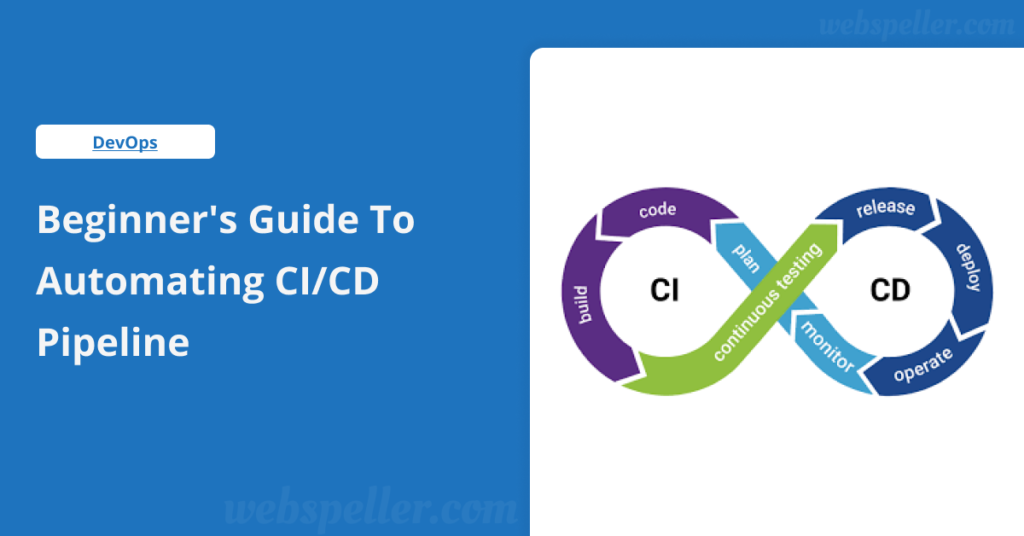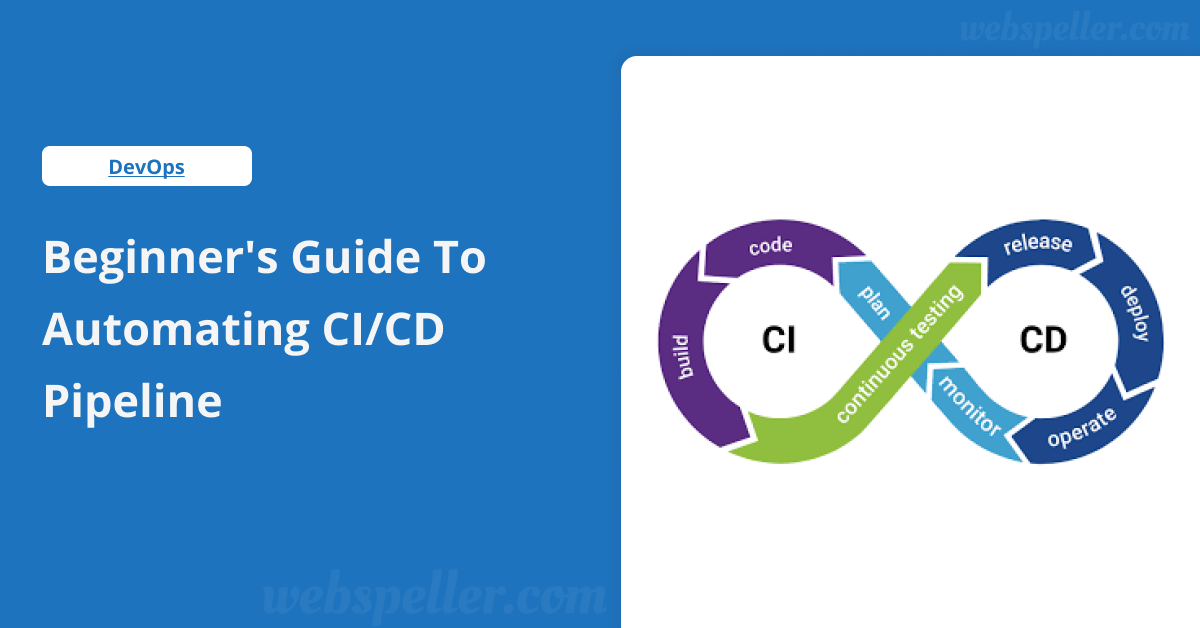Table of Contents

Introduction
In today’s fast-paced world of software development, Continuous Integration and Continuous Delivery (CI/CD) are essential practices that help teams deliver high-quality code quickly and efficiently. By automating many of the manual processes involved in software deployment, CI/CD reduces errors and speeds up the entire workflow.
This guide is designed to walk you through the basics of CI/CD, explaining key concepts and helping you set up your very first pipeline.
What is CI/CD?
CI/CD is a set of practices that allow developers to integrate, test, and deploy code seamlessly through automation. It’s made up of three main components:
Continuous Integration (CI)
At its core, Continuous Integration is all about frequently merging code changes into a shared repository. Every time a developer commits a change, automated builds and tests are triggered to catch issues early in the development process.
- Key Idea: Developers commit changes often to the main branch.
- Tools: Jenkins, CircleCI, Travis CI, GitLab CI.
Continuous Delivery (CD)
Continuous Delivery builds on CI by automatically preparing code for deployment. This means that every change is not only built and tested but also made ready for a production release, with minimal manual effort required.
- Key Idea: Your code is always in a production-ready state.
- Tools: Spinnaker, GitLab, Bamboo.
Continuous Deployment
The final piece of the puzzle, Continuous Deployment, automates the entire release process. Every change that passes through the CI/CD pipeline—including testing and security checks—gets automatically deployed to production.
- Key Idea: Every change is released automatically.
- Tools: AWS CodeDeploy, Azure Pipelines.
Why CI/CD Matters
Implementing CI/CD can bring several benefits to your development team:
- Speed: Automation of builds, tests, and deployments means faster code releases.
- Quality: Automated testing ensures that every change is thoroughly evaluated before it goes live.
- Efficiency: Reduces the need for manual tasks, allowing developers to focus on writing code.
- Reduced Risk: Smaller, more frequent updates minimize the chances of large-scale failures in production.
- Team Collaboration: Frequent code merges foster teamwork and help prevent integration issues.
Key Components of a CI/CD Pipeline
A CI/CD pipeline is a series of automated steps that take code from development to production. Here are the essential components to consider:
1. Version Control
Version control systems like Git track changes to your code, enabling collaboration among multiple developers. This is the foundation of your CI/CD pipeline, triggering builds and tests whenever changes are made.
- Popular Tools: Git, GitHub, GitLab, Bitbucket.
2. Build Automation
Build automation compiles your code into a usable format (like binaries or containers). It ensures that everything builds correctly before moving on to testing.
- Popular Tools: Jenkins, Gradle, Maven.
3. Testing Automation
Automated testing verifies that every code commit functions as expected, focusing on functionality, security, and performance. This drastically reduces the likelihood of bugs slipping through to production.
4. Deployment Automation
Once testing is successful, deployment automation takes over, pushing your application to a staging or production environment automatically.
- Popular Tools: Docker, Kubernetes, AWS CodeDeploy, Ansible.
5. Monitoring and Feedback
After deployment, monitoring tools ensure your application is running smoothly. Feedback loops allow developers to quickly address any issues that arise.
- Popular Tools: Prometheus, Grafana, Datadog.
Choosing the Right CI/CD Tools
With so many tools available, choosing the right ones for your CI/CD pipeline can be daunting. Consider factors like your team size, project requirements, and technology preferences. Here are a few popular options:
- Jenkins: A widely-used open-source CI tool known for its extensive customization options and plugins.
- GitLab CI: A comprehensive platform that integrates version control, CI, and CD in one place.
- CircleCI: A cloud-based service that makes CI/CD easier by integrating with GitHub or Bitbucket.
- Travis CI: Another user-friendly cloud-based service with deep GitHub integration.
Setting Up Your First CI/CD Pipeline
Ready to dive in? Here’s how to set up your first CI/CD pipeline in just a few simple steps:
Step 1: Choose Your Version Control System
Start by setting up a repository for your code. GitHub is a popular choice, but GitLab and Bitbucket are great alternatives too.
Step 2: Set Up Your CI/CD Service
Select a CI/CD tool like Jenkins or CircleCI and integrate it with your version control system. Most services provide straightforward configuration options to trigger builds whenever you commit code.
Step 3: Write Your Build Script
Create a build script that guides your CI tool on how to compile and build your application. If you’re using Java, for example, you might create a Maven or Gradle build file.
Step 4: Automate Your Testing
Develop tests for your code and configure your CI/CD service to run these tests automatically during every build. This way, new changes won’t break existing features.
Step 5: Automate Deployment
Finally, set up your deployment automation so that your code is automatically deployed to staging or production after it passes all tests.
Best Practices for Your CI/CD Pipeline
Keep Changes Small and Frequent
Frequent commits help you catch issues early, making it easier to address bugs without complicated integrations.
Automate Everything
Automating builds, testing, and deployments reduces the risk of human error and increases overall efficiency.
Monitor and Gather Feedback
Continuously monitor your applications in production to identify performance bottlenecks or errors, and use that feedback to improve future releases.
Common Challenges and Solutions
While CI/CD offers great benefits, it’s not without challenges. Here are some common issues and how to overcome them:
- Pipeline Complexity: Start simple. As you gain experience, gradually add complexity to meet your project’s needs.
- Flaky Tests: Ensure your tests are reliable. Regularly review your test frameworks and rerun flaky tests to pinpoint problems.
- Security: Incorporate security scans and audits into your pipeline to ensure compliance with industry standards.
Conclusion
CI/CD is a powerful approach that enables teams to deliver code more quickly and with fewer errors. By automating essential processes like building, testing, and deployment, you can streamline your workflow and improve code quality.
Remember, building a solid CI/CD pipeline is an iterative journey that evolves with your team’s needs. With this guide, you have the foundation to create and automate your own CI/CD pipeline, helping you get your applications to production faster and more reliably. Happy coding!


